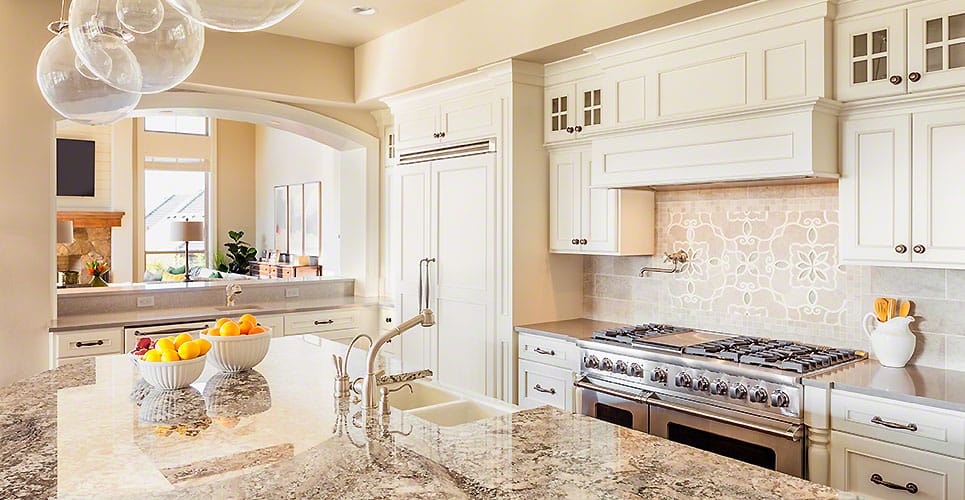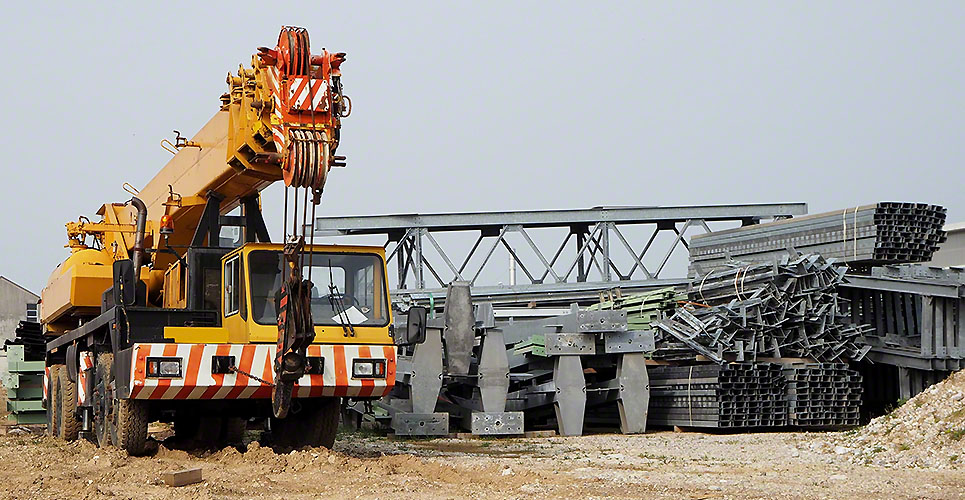Without a doubt, granite is an iconic option for your kitchen countertops. It is one of the most elegant and durable choices you can have. But there’s a problem related to granite and larger countertop space. Granite slabs are usually 9 to 10 feet. So, when you’re using granite kitchen countertops for your larger kitchen space, you need to join the smaller slabs to make a countertop. For that purpose, granite seams are formed.
If you’re going to use granite for your kitchen, you must know the tricks and techniques to make seamless granite seams. Ahead I’ve laid out everything you need to know about how to prevent seams in granite countertops.
Seams In Granite Countertops
First, you need to know what seams in granite are. Have you seen the resin joining two smaller slabs? That is the seam. It is also called “joinery” in the industry.
Seam happens when two slabs of granite are used to make a continuous countertop. They are usually at the corners or at the edges of the countertop. And to make a perfect kitchen, you need to blend in the seams with the countertops. Let’s explore further to find out how you can do so.
Plan A Layout First
Seams do not need to be an eyesore for you. You must plan them at the less visible places or a portion of the kitchen that is not the “first sight” of your kitchen. For instance, seams at corners and edges are better as compared to the ones in the middle.
Therefore, you need to draw out a rough layout plan before moving further. Decide where you want to end a slab and attach another. It is better to connect two identical size slabs of marble or granite than connecting a shorter one with the larger one.
Place all the countertop pieces before and leave a sinkhole ahead of the further procedure. It is better if you hire some professionals for the countertops laying task, as the granite is porous, and it may break while handling carelessly.
How Do You Know Your Granite Countertop Have A Seam?
As I mentioned above, “larger countertops” have a seam. So, if you have a small space kitchen or need a countertop for your kitchen island, you’ll easily get yourself covered with a single slab of granite. Neither seam is required for bathroom vanities.
So, when do you need a granite seam? Well, the answer is clear and straightforward. If you need to cover more of your kitchen space with granite, such as your countertops, island, and backsplash. Then, you need to consider adding a seam to your granite slabs.
Also, when the countertop space is larger than the slab, you join two slabs and fill the seam between them. Thus, you don’t need a seam for a smaller space.
How The Seams Are Filled?
This portion contains the answer that drives you so far. So, the point of concern is, “how you’re supposed to fill the seams perfectly? Because if this process is handled unprofessionally, it will not only annoy your vision but will add hygienic issues to your kitchen as well. Plus, there are chances that a poorly filled seam will lead to the breaking of granite.
So, you’re supposed to blend in the seams with the granite countertops. Professionals do so by adding the same color epoxy resins between slabs. Also, there’s a trick of trade they use. Professional installers join two slabs of similar patterns and use seam pigments for a perfect blend.
According to pro fabricators, if you use two slabs from the same stone, there will be the same patterns. Moreover, for a perfectly tight and invisible seam, fill in the epoxy resin and wipe off the excess. Also, use stone-alignment tools for aligning seam.
How Long Should A Seam Be?
We want invisible, blended, and tight seams. So, the shorter, the better. Smaller seams are less noticeable as compared to larger ones that are usually in shower walls.
Conclusion
Although you know the whole process of countertop installation and preventing seams, it is better to leave it on the professionals. They got both skills and required equipment. Also, do ask for a past sample before hiring a granite countertop installer Raleigh NC for this task.


